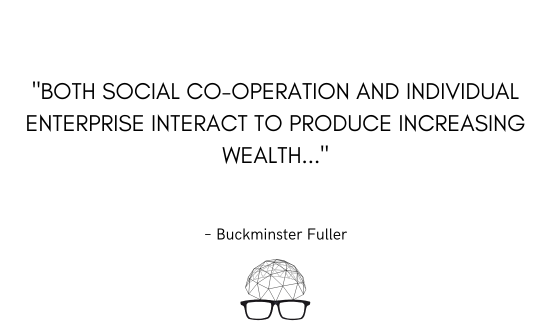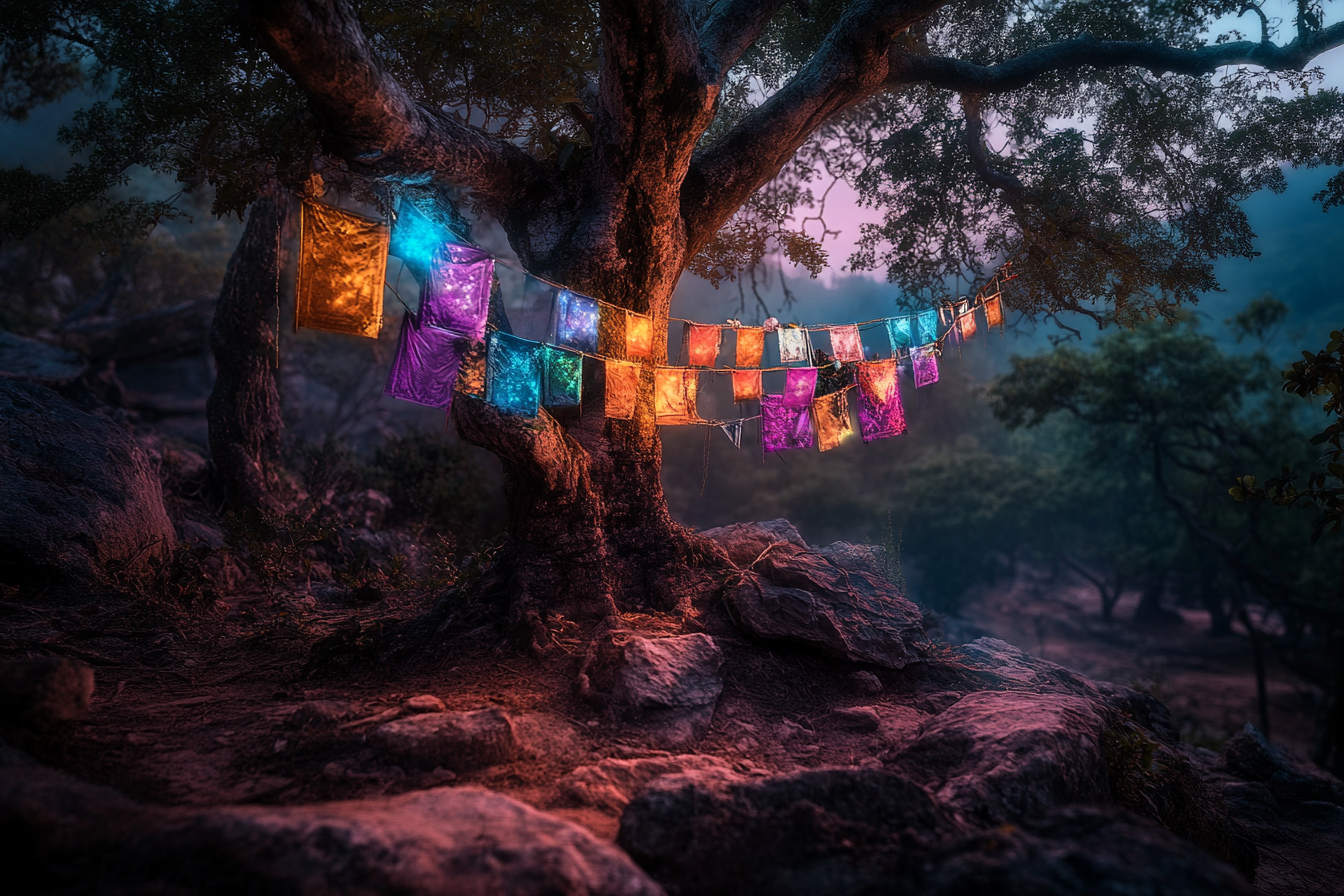
Connecting Intentions
The Dream Tree was developed as a project at The Design Science Studio. It is a multi-layered system for connecting personal intentions to a system of real-world actions.
Imagine a platform that transforms tools into games of wellness for people and planet.
Dream Tree by MARIETTE PAPIC
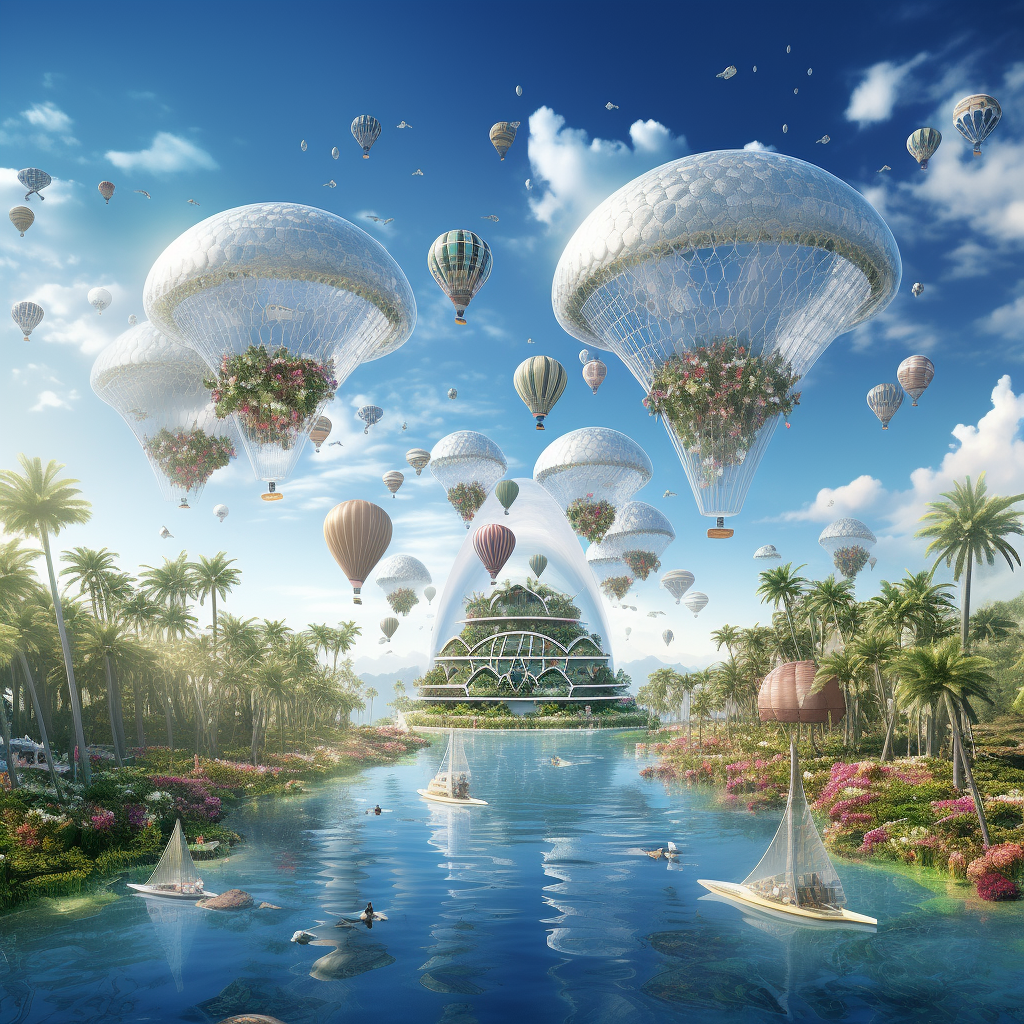
“A game is an opportunity to focus our energy, with relentless optimism, at something we’re good at (or getting better at) and enjoy. In other words, gameplay is the direct emotional opposite of depression.”
– Jane McGonigal
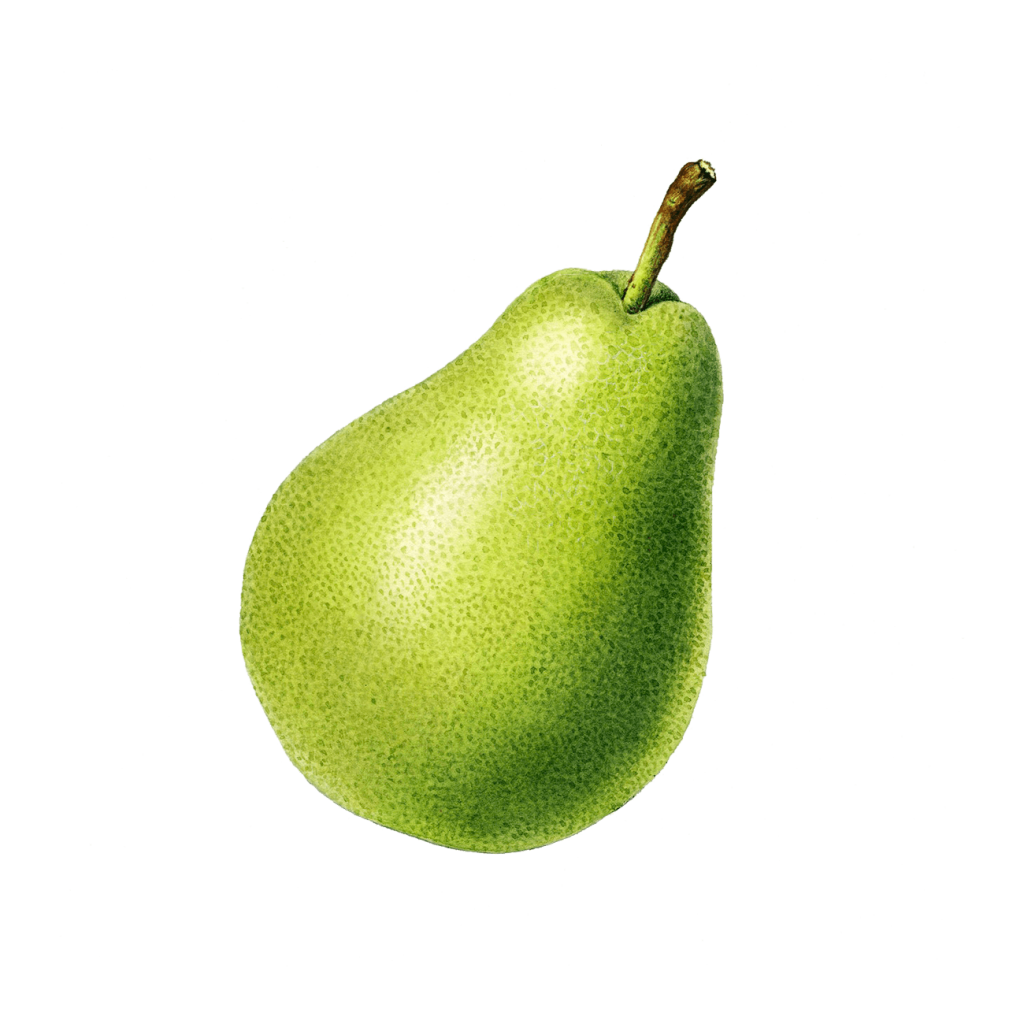
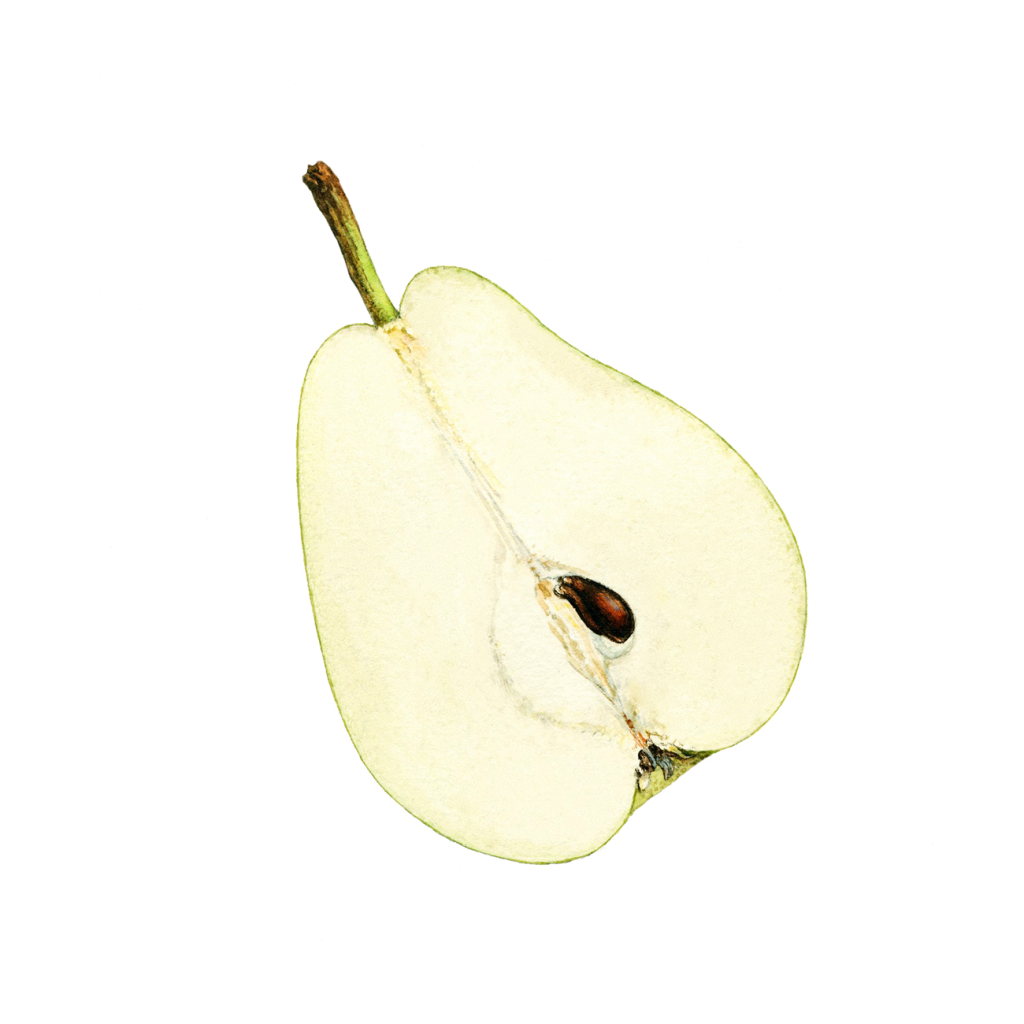
The reanimation of our world is crucial to ecological healing. if we live in the perception that the world is dead, we will inevitably kill what is alive.
– Charles Eisenstein
What is Dream Tree? Creative Technologies connecting intentions to systems change.
Is it an app or something else?
It is an app! and a project. Let’s start with the app, Dream Tree is a simple skin for your journaling, meditation and focus. Do you want to work on a dream? You can set push notifications to remind you to do that. Is your dream something you can’t control, something that requires emotional support? You can send your dream to a place in the sky where you can anonymously receive support, music, an invitation to breathe.
What was the inspiration?
Dream Tree originally came to mind as a way to fund science projects. If local projects needed citizen scientists, or maybe crowd funding, they could set up their own tree and other Dreamers could find the tree, and other information. They could collect a virtual leaf off the tree, and in exchange, donate to that project.
What is the full project?
The full project is to empower communities to know their past and engage their future. It’s about real world events that allow elders to share knowledge, and for younger generations to conduct interviews or go on adventures using by maps made their elders. These local way finding projects are meant to use decentralized principles to maintain archives of cultural and other types of memory, including agricultural practices, and habits as well as patters in climate and in flora and fauna.
How does a meditation app connect to action?
Dream tree is about embracing intuition as well as creativity and knowledge. This joins with pro-social organizing, and a dashboard. Dream Tree can provide assistance from gAIa, an LLM model from the Design Science Studio. Strategies and resources for personal and community resilience, toolkits and more, can translate dreams into realities. As Dream Tree develops, community feedback can ensure that the personal app and the subsequent community and third party software integrations are nurturing and fun.
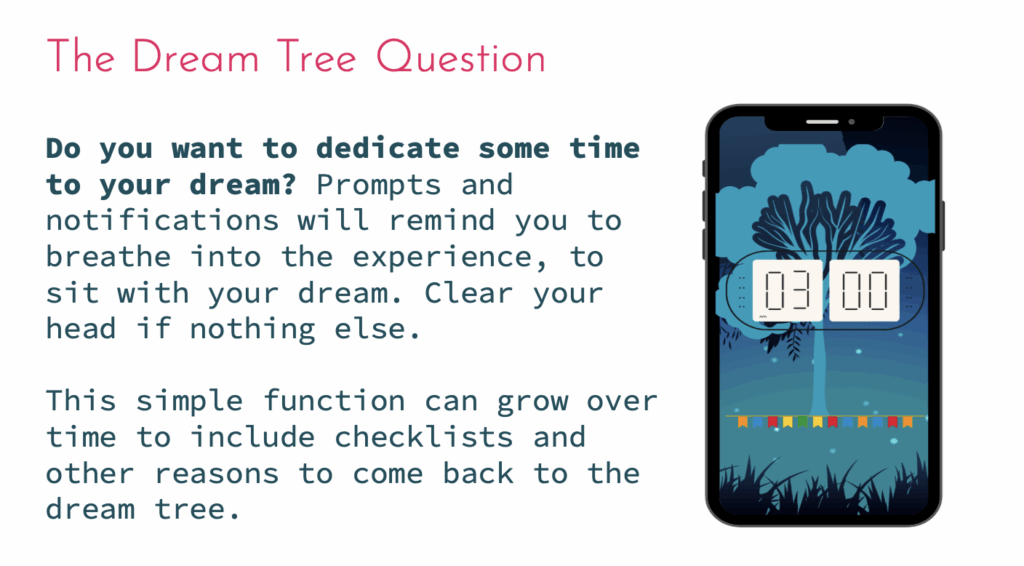
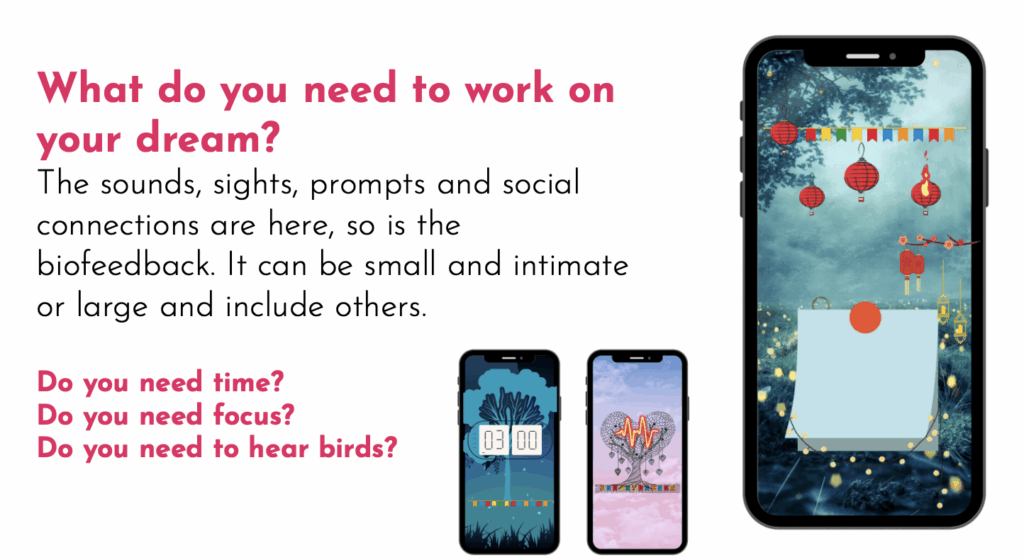
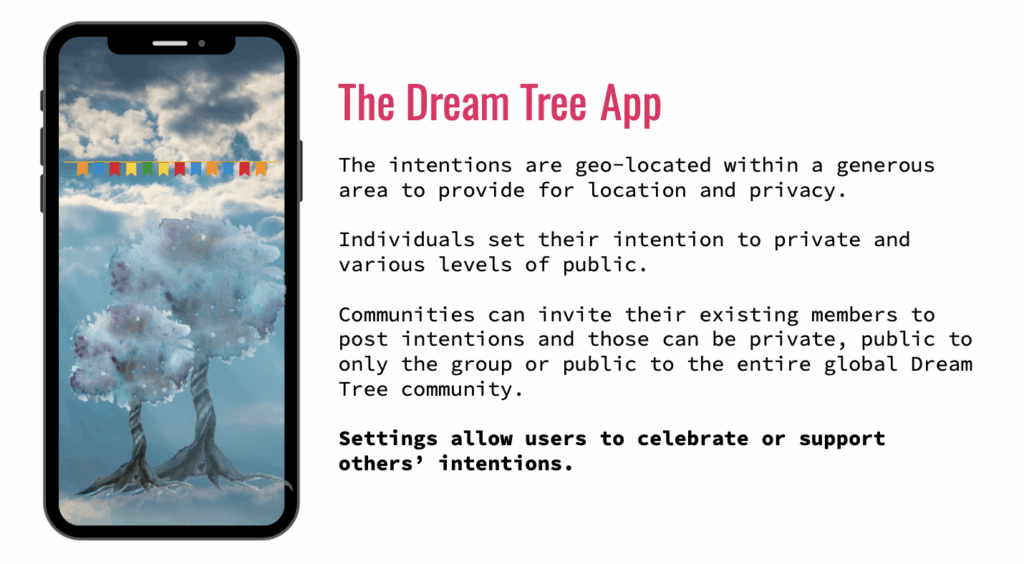
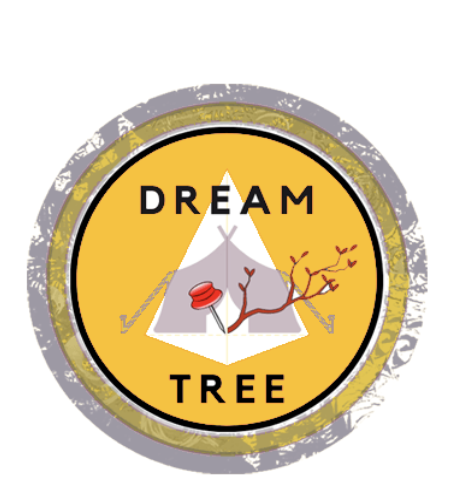
Dream Tree is a way to connect technology to nature by connecting the Dreamer to their location. Through personal intentions the Dreamer begins to harness the surroundings, to appreciate the power of place.
This power of place then connects to a global community of deep desires for well-being, of social content sharing that is geared towards these dreams of personal wellness.
Additionally Dream Trees can be seeded by organizations, by scientists, and others, for calls to action. These dream trees can provide exchanges, markets and even earned reputation badges.
Before the Dream Tree.
Welcome to the Hyper Body Age, the Trans Reality. Welcome to the Disco: The Digital Nomad Manifesto.
Come as you are.
2016 Self-published non-fiction treatise on technology, built environments and the impacts of a living on a changing planet The Digital Nomad Manifesto (The DNM) is a work of synthesis, one aimed at healing and empowerment in a post-everything age.
Based on research and direct lived-experiences during the death of film and the rise of digital photography, The Digital Nomad Manifesto builds upon earlier essays exploring the social utility of graffiti, turntablism and other transformative art practices that collapse boundaries between personal and public space; obscenity and the sacred.
The Ache of the Real, an exploration of the creative urge in wild vs. public spaces, published by curator Daniel Feral for Pantheon NYC; and Digital Rights, Media and Practice: The Right to Bear Arms in the Information Age, a presentation on the rise of digital cameras and their power dynamics, prepared for Digital Frontiers, at University of North Texas, Denton are two notable pre-cursors to The DNM.
It was in the process of traveling through Austin, Texas and spending time interviewing Jungian dreams analyst Katya Walter, PhD, that the liminal quality of our times became obvious. Taking laws of cyberspace and laws of accelerating technology into account, The DNM found a term that encapsulated what Norman Mailer had identified in writing, The Faith of Graffiti; and brought it into a call for personal responsibility.
The Transreality is a term used by science-fiction writer and mathematician, Rudy Rucker in his Transrealist Manifesto, published in The Bulletin of the Science Fiction Writers of America, #82, Winter, 1983.
There will always be a place for the escape-literature of genre SF. But there is no
reason to let this severely limited and reactionary mode condition all our writing.
Transrealism is the path to a truly artistic SF.
Picking up the term, The DNM synthesizes something that seemed to be in the air, and in the underground since the post World War II era, something that erupts with futurism and with increasing awareness of an imminent shift in humanity’s power over nature, and the call for maturity that attends it.
This “something” is the intersection of art and architecture, in all of their forms. This generalized approach to creativity and to design reveals our evolving potential, and this is what underpins the Dream Tree and the searching that is The DNM.
This something, which starts after the Second World War, takes off in areas of high concentration, in the world’s economic powerhouse, the USA. For it is in areas with great privilege that even the disadvantaged can find access to technologies, and it is from those groups that arbitrary boundaries can be challenged.
Every human alive code switches now, from an online self to their body, and back again.
Technology can help us meet the challenges we face, but first we have to believe in our right to switch codes. We must align this with not only our situations but with our very nature as humans.
This transcendent Self of the human is hard to define and impossible to deny. This essence is constantly negotiating boundaries and as our technologies grow by leaps and bounds our boundaries also shift.
The DNM uses the transiting, transcendent Self, to explore the rabbit holes of hypertext and hyper existence.
Examining the streets for signs of life in between train cars. It dives back out along emoji and videos as daily forms of speech.
These deep dives place today’s online worlds in relationship to the pre-internet cultures, exposing these grassroots cultures as common ancestors to all who live in suburban and urban areas today, and as common ancestors to all who use and will ever use the internet.
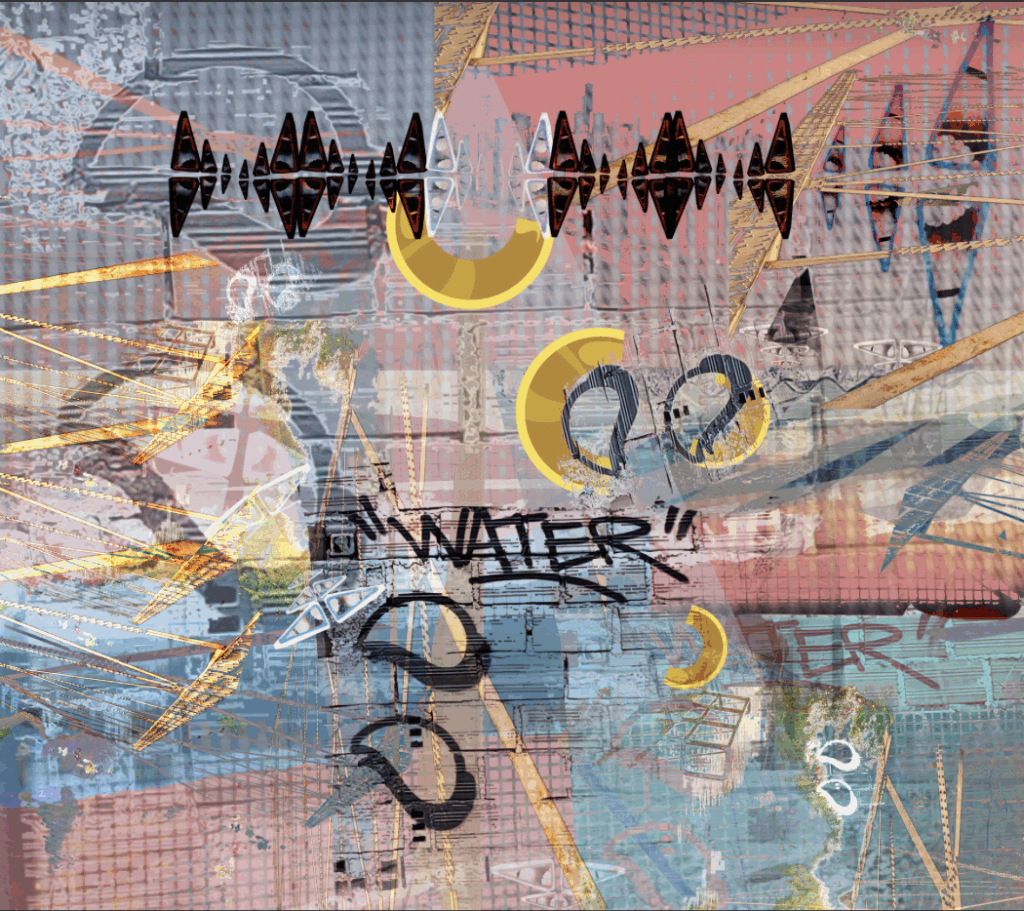
Vibrant expressions of life have always hacked the drab architecture of exploitation.
Citing scientists and ethnologists, this book sees the dawning of an age of quantum being, and a paradigm of quantum androgyny, an age of remix, of adaptability.
The DNM welcomes you to this disco and then begs the question, If a glacier calves in the Arctic, does it make a sound?
Intertwingularity is not generally acknowledged — people keep pretending they can make things deeply hierarchical, categorizable and sequential when they can’t. Everything is deeply intertwingled.” — Ted Nelson
Since The DNM was published, speculative world building, new forms of currency, AI models, all of these have moved at an incredible pace, while human understanding has recoiled in fear. To deal with our present challenges, I sought synthesis, relatable points to defuse my own triggers, and the triggers of others.
The body is always the source code, the basis, the foundational gift that is life.
This transreality reflects the transarchitectures of transmedia, leading us somewhat predictably to a new capacity for understanding our basic, transcendent nature. This is not about body replacement, as with some reductive forms of transhumanism, but it is about recognizing body extensions, about extending not retracting our rights to dignity, sovereignty and to mutuality, aka tolerance.
Understanding the body as data and as an extensible interface helps one appreciate the importance of these basic rights that protect the Self within the body, as well as the body.
Come as you are.
The transreality that has given birth to Dream Tree includes every part of the body, all of it currently shaped by buttons and handles, by ear buds, forums, algorithms, haptics, and more. It is agnostic to ideologies and interested in conversation.
This is why Thunder and Stars seeks to work with visionaries, to enable society to suspend with fear of younger generations in order to cultivate and structure a more positive future. Everyone is welcome, to come as you are. That is the first rule of the dream tree, in any and all of its forms, thus far.
